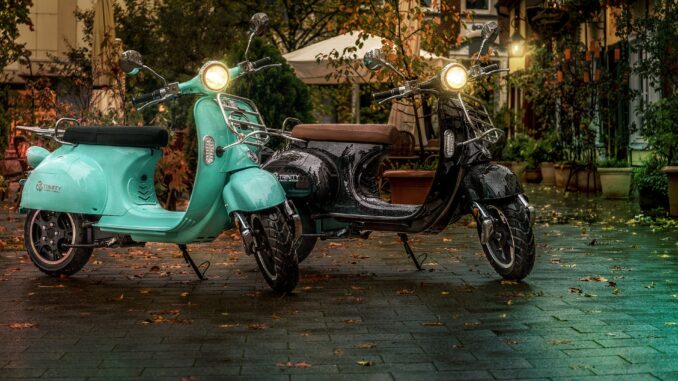
In this article, we are going to address a very real but not much-discussed topic. It’s about the resale or secondary market of the electric two-wheelers and three-wheelers. India has seen a major shift in the urban mobility structure in the last year. The famous tuk-tuks have been replaced with smart and clean electric rickshaws nationwide in large numbers.
In this article we will be dealing with,
- The factors which affect the resale value of second-hand vehicles.
- Why some of these factors are not prevalent for second-hand electric vehicles.
- The financial and economical aspects of the resale market of electric vehicles.
- What would be the most feasible solution we can take to resolve the challenges.
The price-determining factors: A general overview.
The price of a second-hand vehicle is determined by considering a variety of factors such as the year of making, mileage of the vehicle, condition of the engine and the overall appearance and condition of the vehicle etc.
When it comes to a conventional IC engine-powered 2 wheeler or 3 wheeler it is much easy to put a resale value, because we have been trained throughout the years to evaluate them properly. But, when it comes to an electrical 2 wheeler or 3 wheeler it’s a bit difficult because we still do not know what to look for in a second-hand electric vehicle.

Why is it difficult to price a second-hand electric 2wheeler or 3wheeler
Electric three-wheelers are used mostly in the urban areas of India and since their purpose is to earn money, the maintenance and care provided to them for them may differ. The life cycle of an EV greatly depends on how the vehicle is being handled and these things vary from driver to driver.
The assessment of the resale value of second-hand electric two-wheelers and three-wheelers is difficult because,
- Since it’s a relatively new sector, we lack the wisdom which comes through experience.
- There are only a few moving parts in an electric vehicle and fewer parts to look at the tougher to gather information and take decisions.
- The availability of original spare parts is a real concern for the buyers.
EV Battery: The biggest challenge
The battery is considered to be the heart of an electric vehicle and about 60 % of the total cost of an EV goes to the battery alone. Here is the catch though, unlike the IC engine we cannot assess the efficiency of the battery by looking at it or hearing the sound it produces because batteries don’t make noise and there can be no physical sign of damage or wear and tear.
The financial and economical aspects
The Indian automobile market is powered by the help of the financing industry in the country. 90% of the commercial vehicles in India is financed. This makes another challenge in the resale market because financiers can’t assess the value of the electric two-wheelers and three-wheelers due to already discussed and other reasons.
For financiers, it’s a tough call to make because,
- Their business is only sustainable if they can take calculated risks.
- Figuring out the value of EV and the rate depreciation is difficult since the EV market is relatively new.
- EV technologies are evolving at an incredible pace and today’s best EV technology might be obsolete tomorrow.
Now that we have discussed the challenges, let’s talk about a few solutions as well.
Feasible solutions
1.Standardisation
As we have mentioned in our previous article, BIS is bringing new standards for the charging stations of EVs in India. This will greatly help resolve the issue regarding nonuniformity. Once the standardization is complete there will be uniformity and it would be much easier to get quality spare parts at an affordable price.
2.Service center network
Though there are service centers run by the automakers it would not be enough to take care of all the electric three-wheelers and two-wheelers out there. Service centers with skilled technicians reduce the ambiguity in the condition and quality of electric vehicles. A properly maintained EV won’t depreciate much over time and we can count on the reliability.
3.Battery health check-up
This one is the most important but the most difficult to work out. If we have an infrastructure to monitor the health and life span of the battery on a regular interval, it would be helpful in taking the proper course of actions and maintenance routine. This practice will also help us to have a clear idea of the life expectancy and potential of the battery and aid us to take well-calculated decisions based on the facts and figures.
Conclusion
Yes, there are currently few problems in the secondary market for electric two-wheelers and three-wheelers in India and they have to be resolved. But, these problems will settle down easily or without any interventions because many of these issues will be of no relevance once the EVs start dominating the market and the charging stations are regularized and standardized.
Once there are EVs in large numbers it would make more economic sense to go after quality spare parts and proper maintenance course instead of cheap parts thus relieving the fear of low quality and low life of second-hand electric two-wheelers and three-wheelers.
Side note
Three years ago we bought a second-hand electric scooter for newspaper distribution purposes and it was one of the best decisions we made. We used it for almost our daily and short-range distance needs it surpassed all our expectations.
